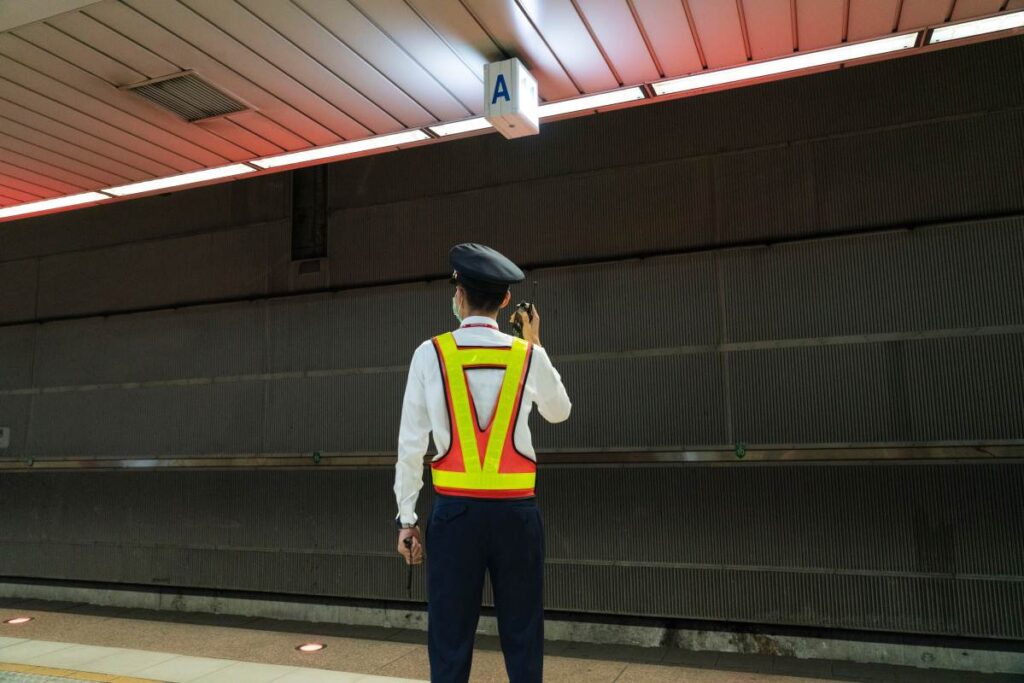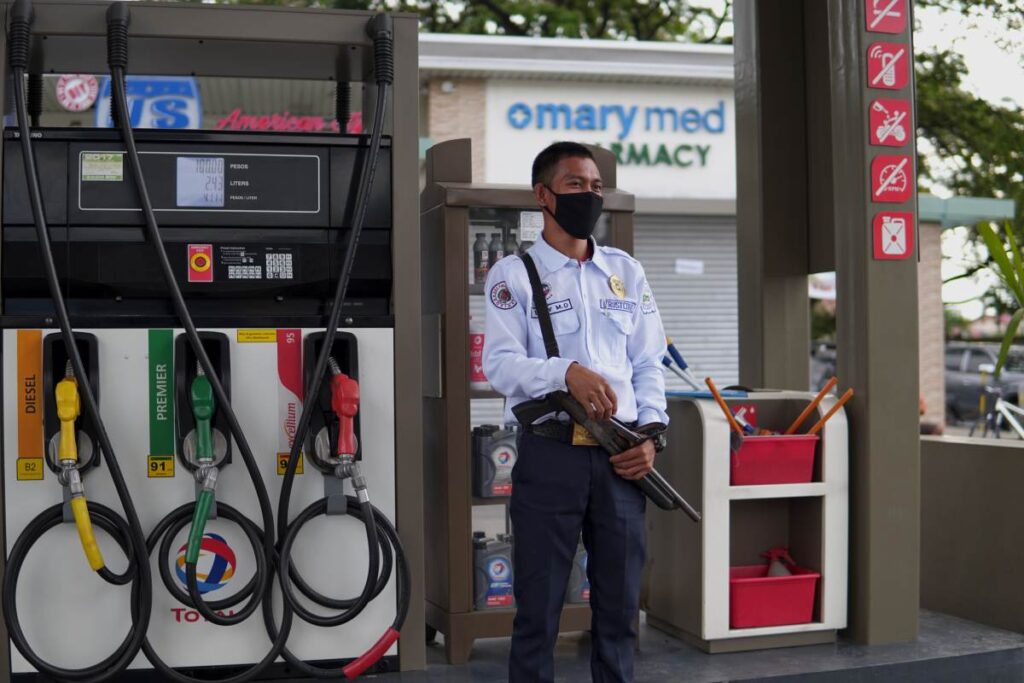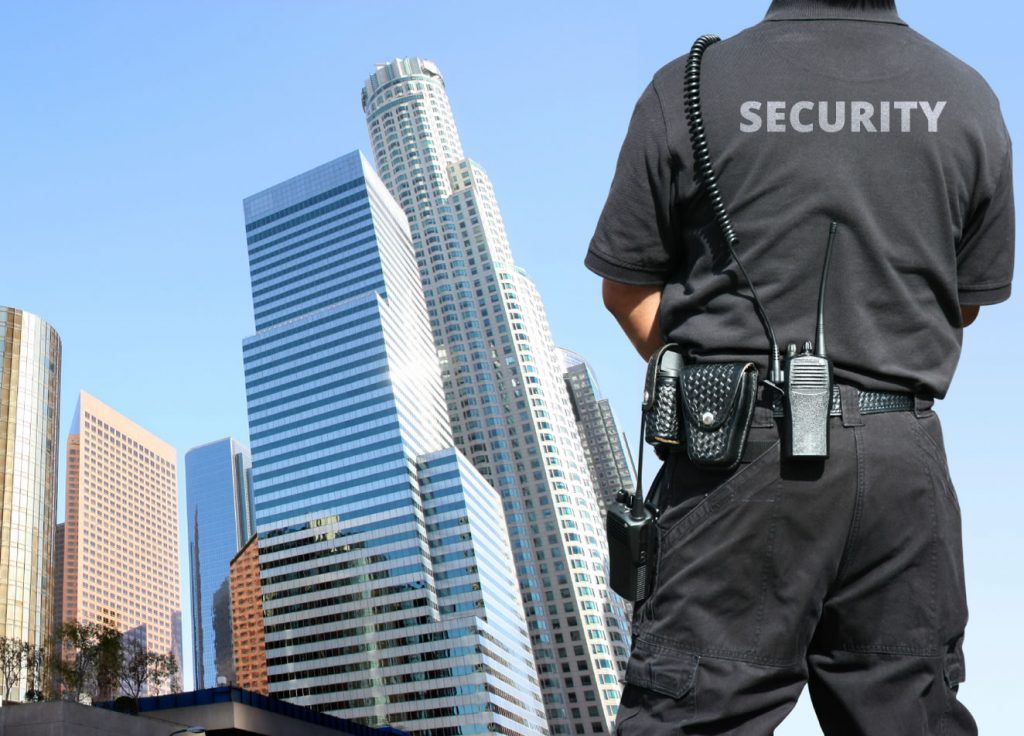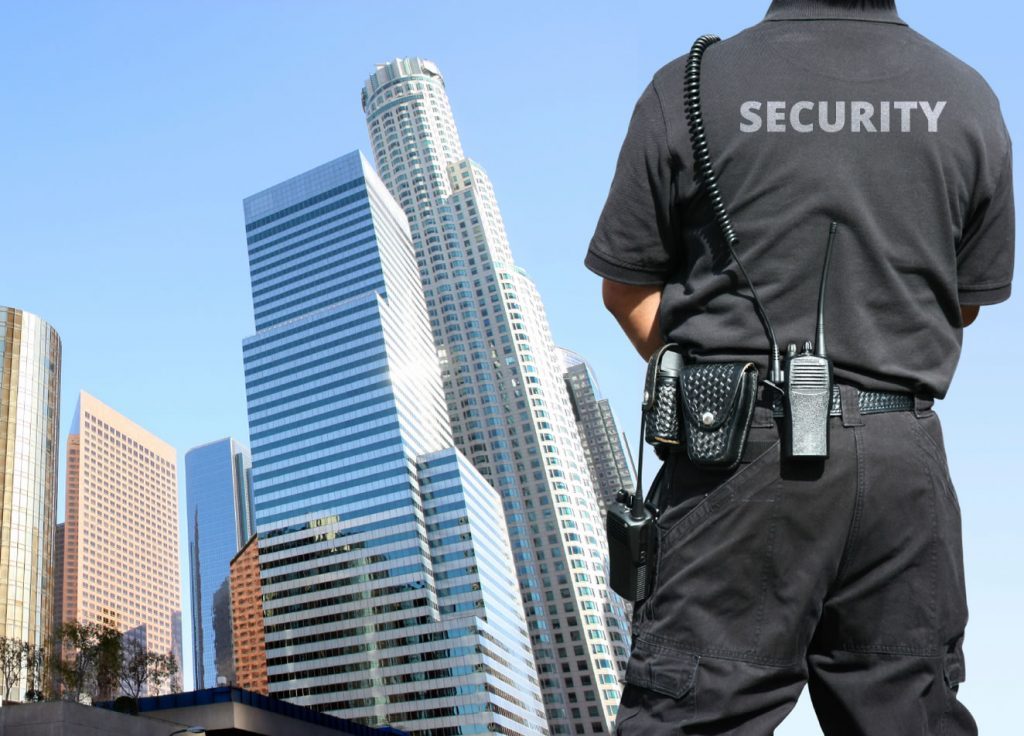Ensuring the security of Total Security Solution
A “Total Security Solution” typically refers to a comprehensive approach to security that encompasses multiple layers and aspects of protection to safeguard individuals, organizations, or assets from various threats and risks. This approach goes beyond just physical security and often includes elements of cybersecurity, personnel training, emergency response planning, and more.
By implementing Our security measures, you can ensure the safety of participants and the success of the event.
Physical Security:
This involves securing physical assets such as buildings, facilities, and equipment. It may include measures like access control systems, surveillance cameras, security guards, alarms, and perimeter fencing.
Cybersecurity:
Protecting digital assets and information is crucial in the modern world. Cybersecurity measures can include firewalls, intrusion detection systems, antivirus software, regular software updates, and employee training to prevent cyberattacks.
Personnel Security:
Ensuring that employees are trustworthy and properly vetted can be a critical aspect of security. Background checks, security clearances, and training on security policies and procedures are essential.
Security Policies and Procedures:
Developing and enforcing comprehensive security policies and procedures helps create a security-conscious culture within an organization.
Security Awareness and Training:
Educating employees and stakeholders about security threats and best practices is essential. Regular training and awareness programs can help prevent security breaches caused by human error or negligence.
Risk Assessment and Management:
Identifying potential threats and vulnerabilities, assessing their impact, and developing strategies to mitigate these risks is fundamental to a Total Security Solution.
Emergency Response Planning:
Preparing for various emergencies, such as natural disasters or security incidents, is crucial.
Monitoring and Incident Response:
Continuously monitoring for security incidents and having a well-defined incident response plan in place can minimize the impact of security breaches.
Supply Chain Security:
Assessing and securing the supply chain to prevent vulnerabilities or threats from entering an organization through third-party suppliers.
Crisis Management:
Preparing for and responding to major crises, including public relations and communication strategies, is crucial to managing the aftermath of security incidents.
Physical and Environmental Protection: Ensuring that physical infrastructure and resources are protected from environmental hazards, such as fires or floods, is part of a comprehensive security solution.


















